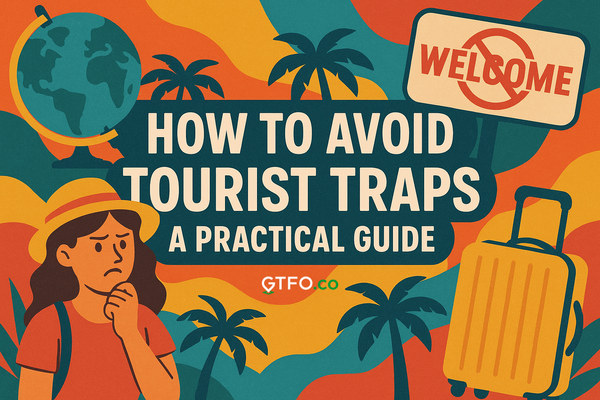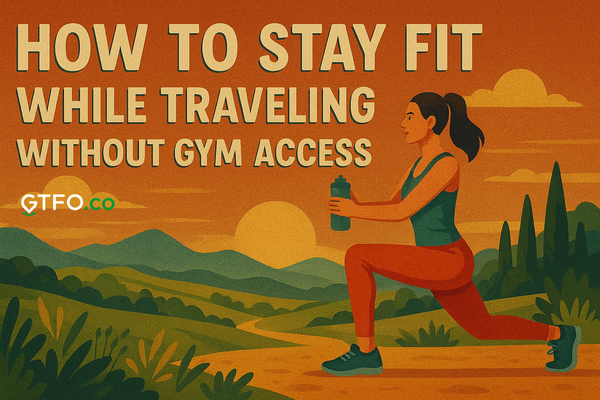The No-Frills Camping Essentials List You’ll Actually Use
Forget overcomplicated checklists. Whether you’re a first-time camper or a seasoned backpacker, this curated camping essentials list covers the practical, durable, and often-overlooked gear that’ll make your next outdoor stay safer and more comfortable.
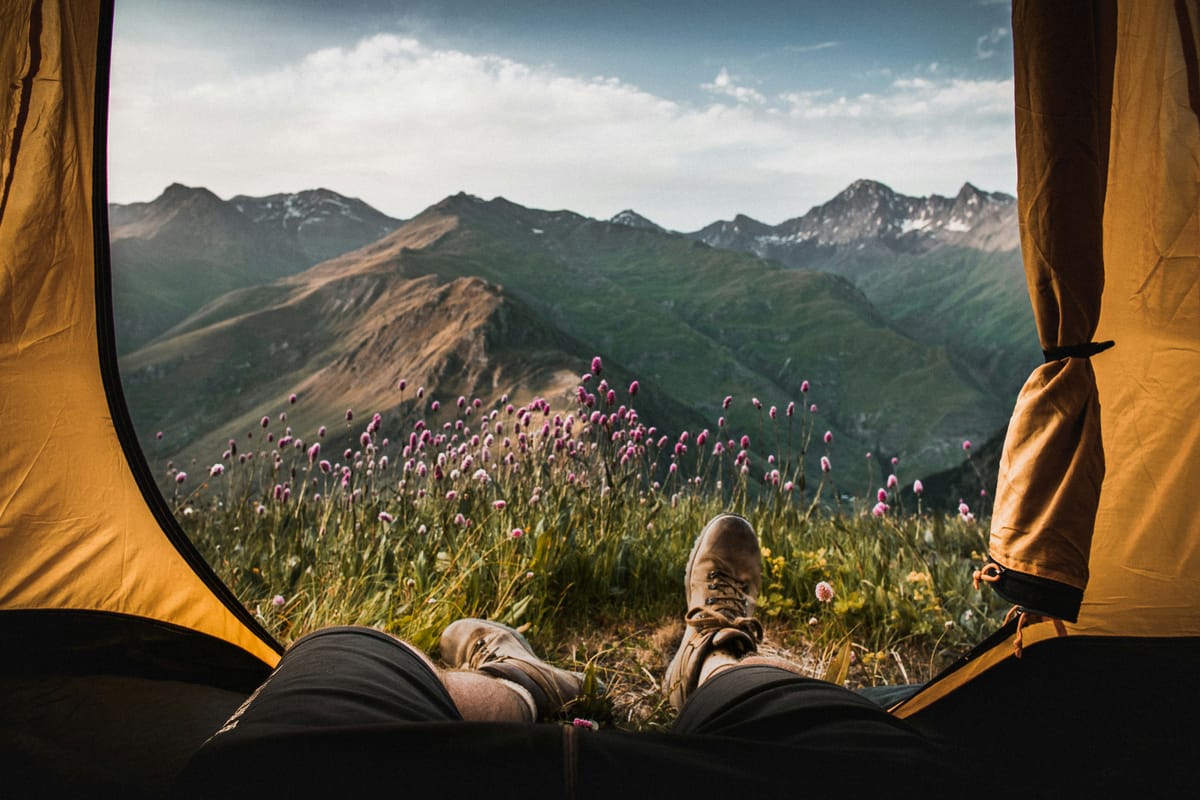
Forget over-complicated checklists. Whether you’re a first-time camper or a seasoned backpacker, this curated guide camping essentials list covers the practical, durable, and often-overlooked gear that’ll make your next outdoor stay safer and more comfortable.
Key Takeaways:
- Shelter and sleep systems are non-negotiable—skimp here, and you’ll regret it by midnight.
- Water access and purification trump everything, even food.
- Layer-friendly clothing beats bulky “outdoor” outfits.
- A reliable light source (headlamps > flashlights) is a safety must.
- Leave-no-trace kits aren’t optional—they’re a responsibility.
Camping fails often boil down to one mistake: assuming nature will cut you slack. It won’t. That flimsy tent that looked fine in your living room? Useless in a thunderstorm. Those “quick-dry” socks that take six hours to dry? A blister factory. The right gear isn’t about luxury, it’s about solving problems before they happen. Here’s what to pack, based on what actually works.
1. Shelter That Handles the Unexpected
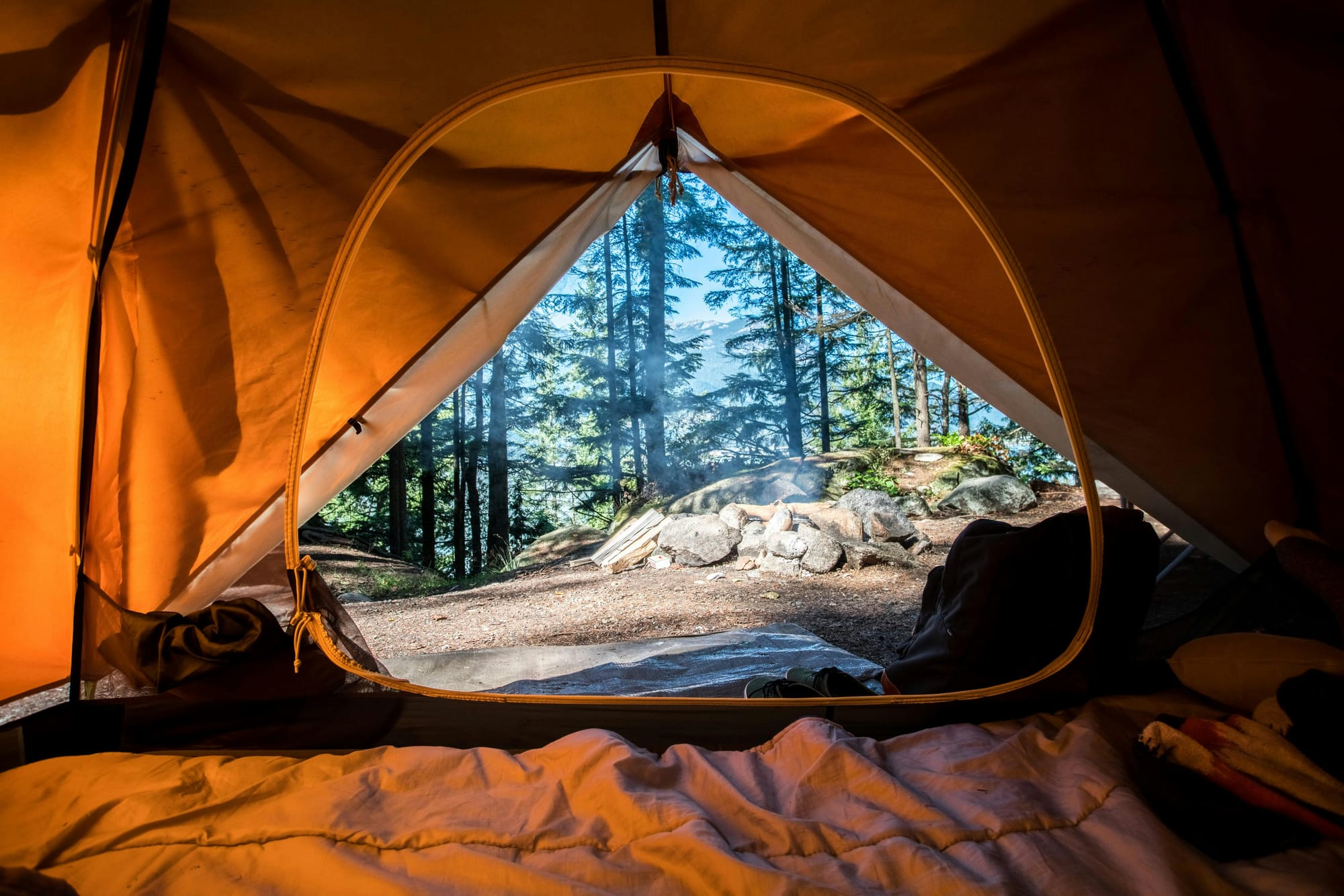
Your tent is your lifeline. Prioritize weather resistance over aesthetics. A 3-season tent with a full-coverage rainfly and taped seams will handle wind, rain, and surprise hail. Pair it with a footprint (or a DIY tarp) to protect the floor from sharp rocks. Pro tip: Practice setting it up at home. Fumbling with poles in the dark while mosquitoes feast on your ankles is nobody’s idea of fun. Trust me.
Our Pick: NTK Colorado GT - Starting at $84.99 on Amazon
2. Sleep Gear That’s Worth the Bulk
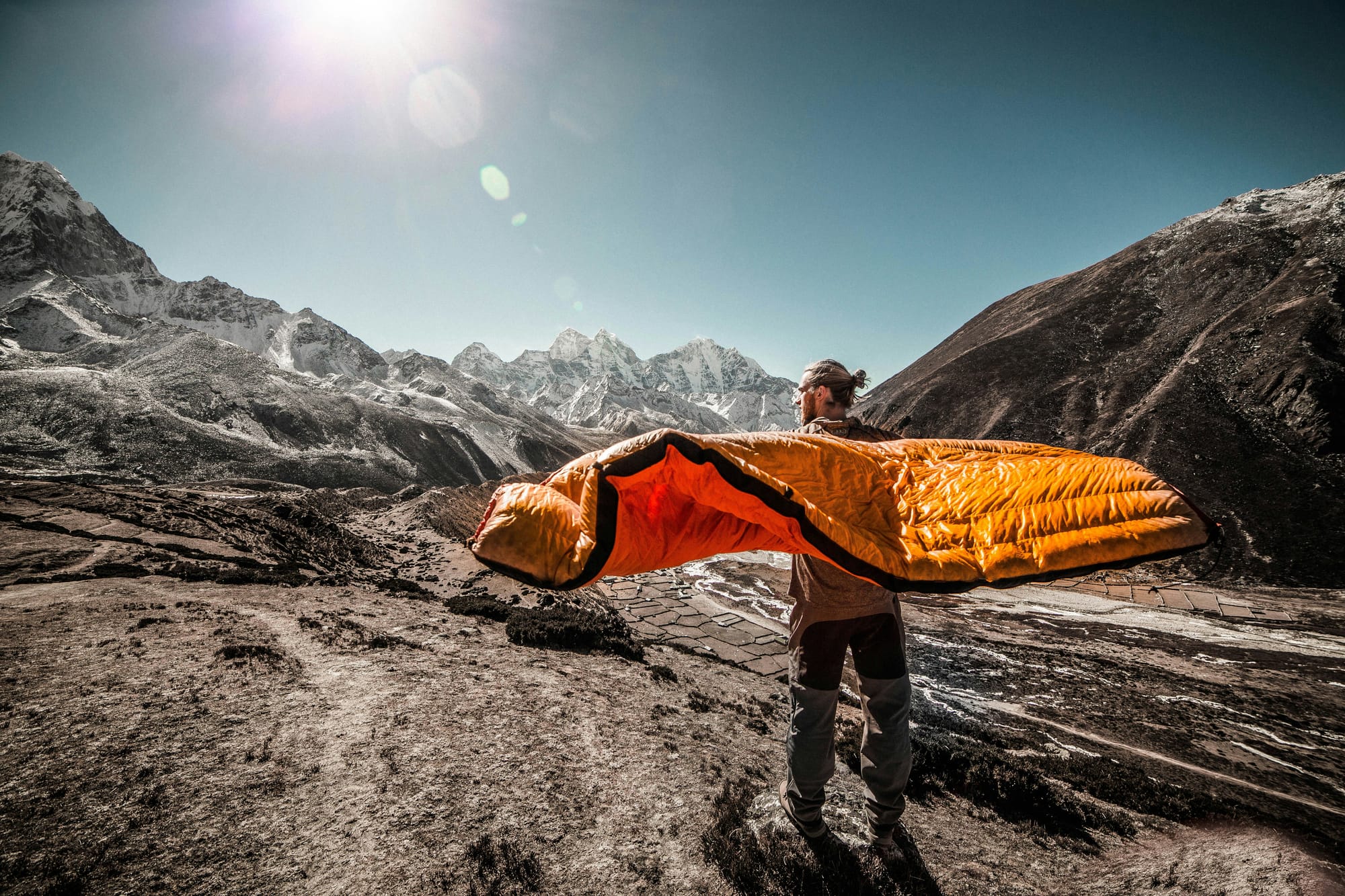
A cold, sleepless night can ruin a trip. Invest in a sleeping bag rated 10°F lower than the coldest expected temperature. Pair it with an insulated sleeping pad (R-value matters more than thickness). For car campers, a cot adds comfort; backpackers should opt for ultralight inflatable pads. Down blankets are versatile for both sleep and chilly evenings by the fire.
3. Water Solutions That Don’t Quit
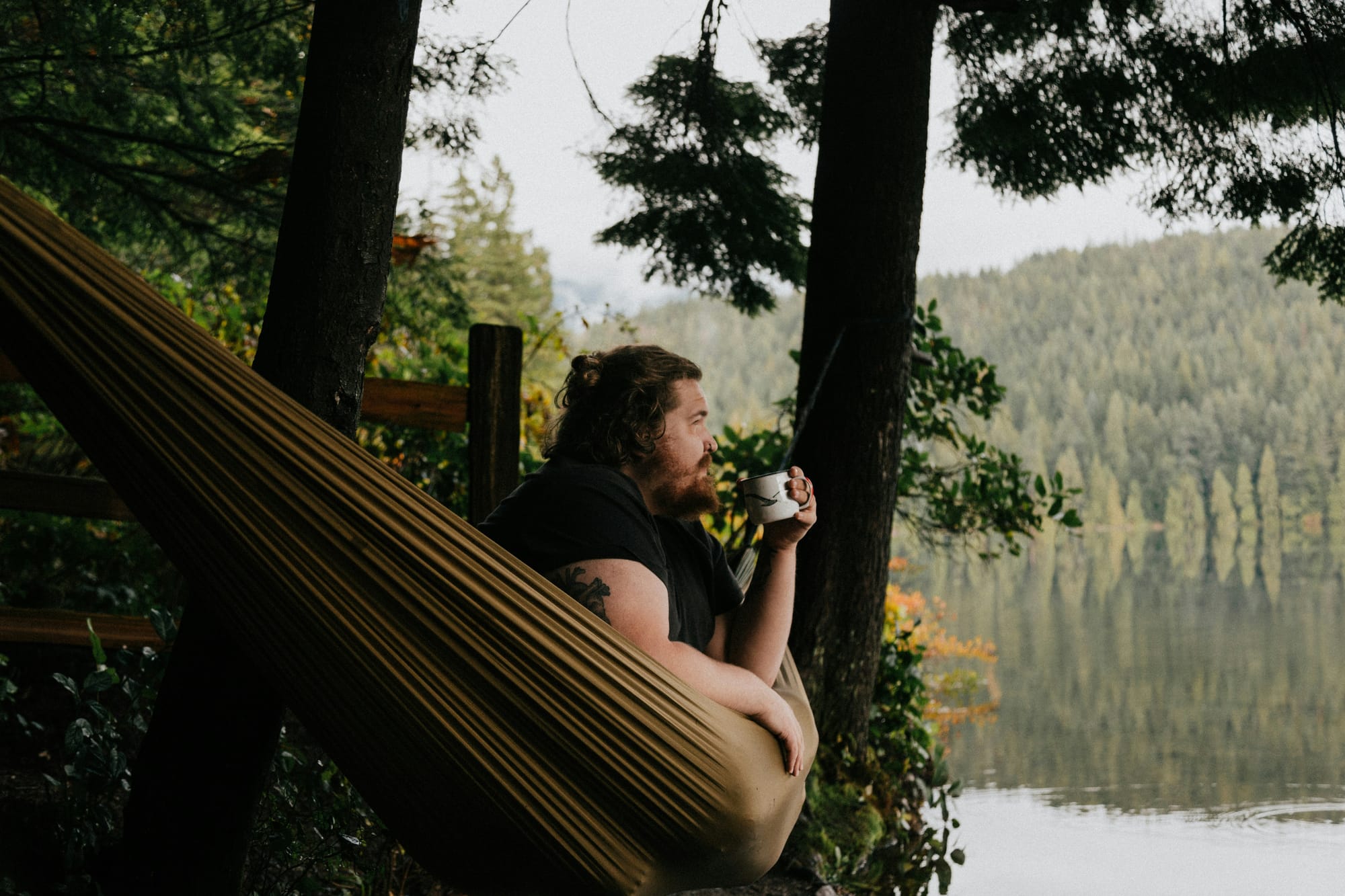
Assume natural water sources are contaminated. A portable filter (like a LifeStraw or pump-style system) removes bacteria and protozoa. For backup, carry purification tablets. Collapsible water containers are lightweight and pack flat. Pro tip: Hydration bladders with tubes let you drink hands-free while hiking.
Our Pick: LifeStraw Peak Series - $29.98 on Amazon
4. Cooking Setup That’s Idiot-Proof
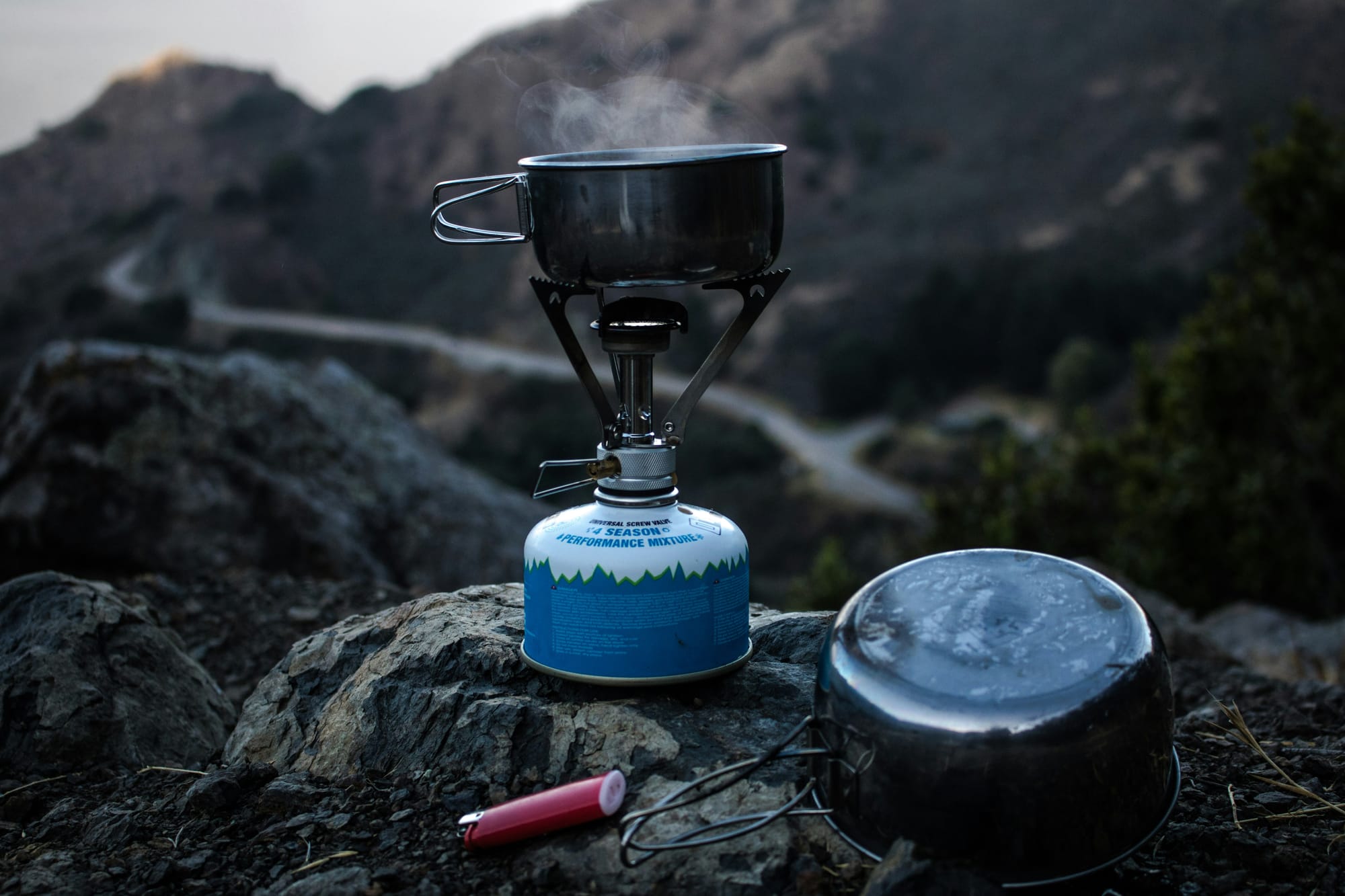
A compact camping stove (butane or propane) boils water faster than a campfire. Bring a single pot with a lid, a spork, and a mug that doubles as a bowl. Pre-portioned meals (dehydrated or DIY freezer bags) save space. Don’t forget a tiny sponge and biodegradable soap.
Our Pick: Fire-Maple Camping Stove - $49.95 on Amazon
5. Clothing Layers That Adapt
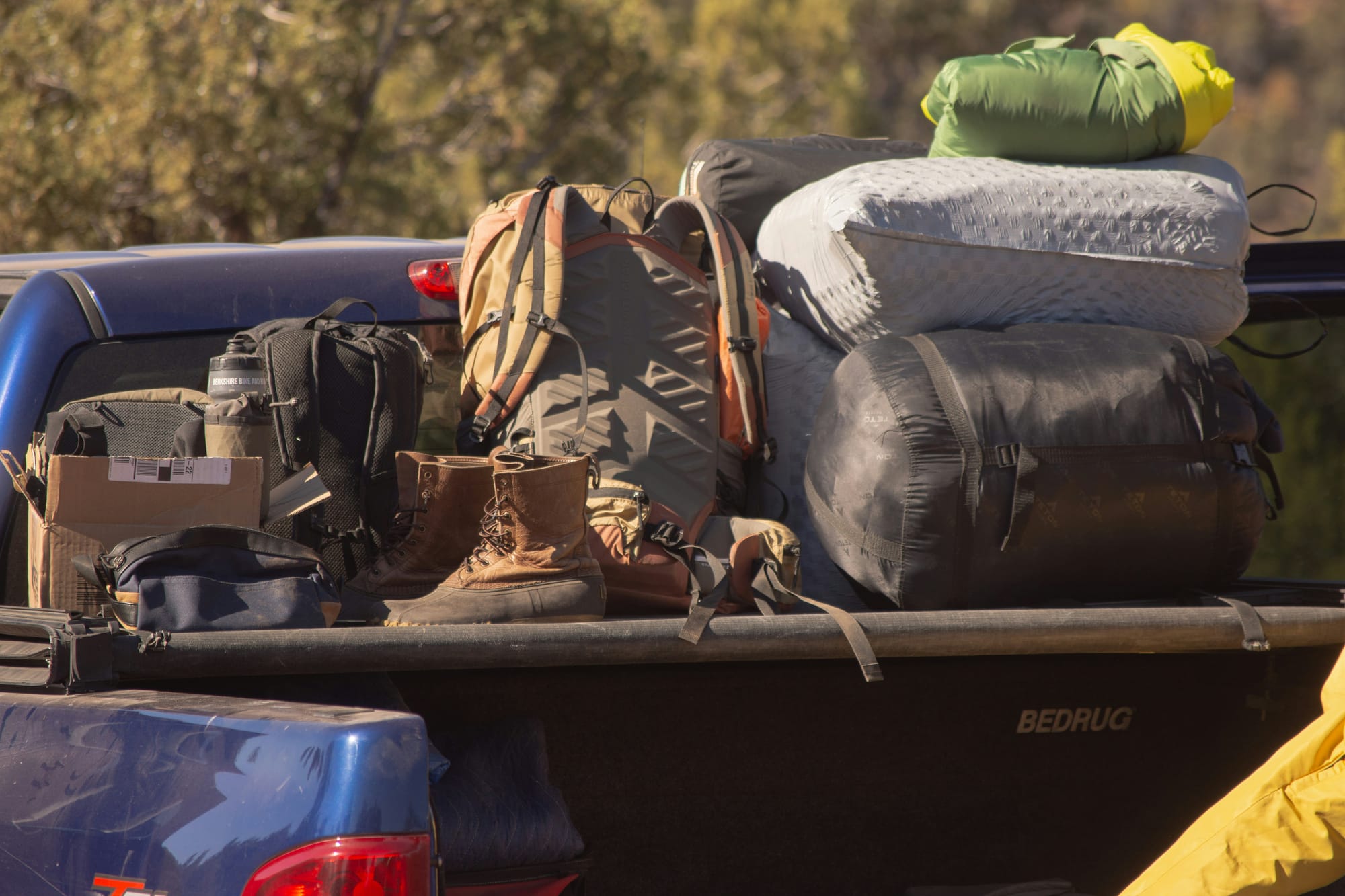
Cotton kills. It traps moisture and dries slowly. Stick to merino wool or synthetic blends. Pack a moisture-wicking base layer, an insulating mid-layer (fleece or puffy jacket), and a waterproof outer shell. Extras: two pairs of wool socks, a beanie, and gloves.
6. Lighting That Doesn’t Die Mid-Trip
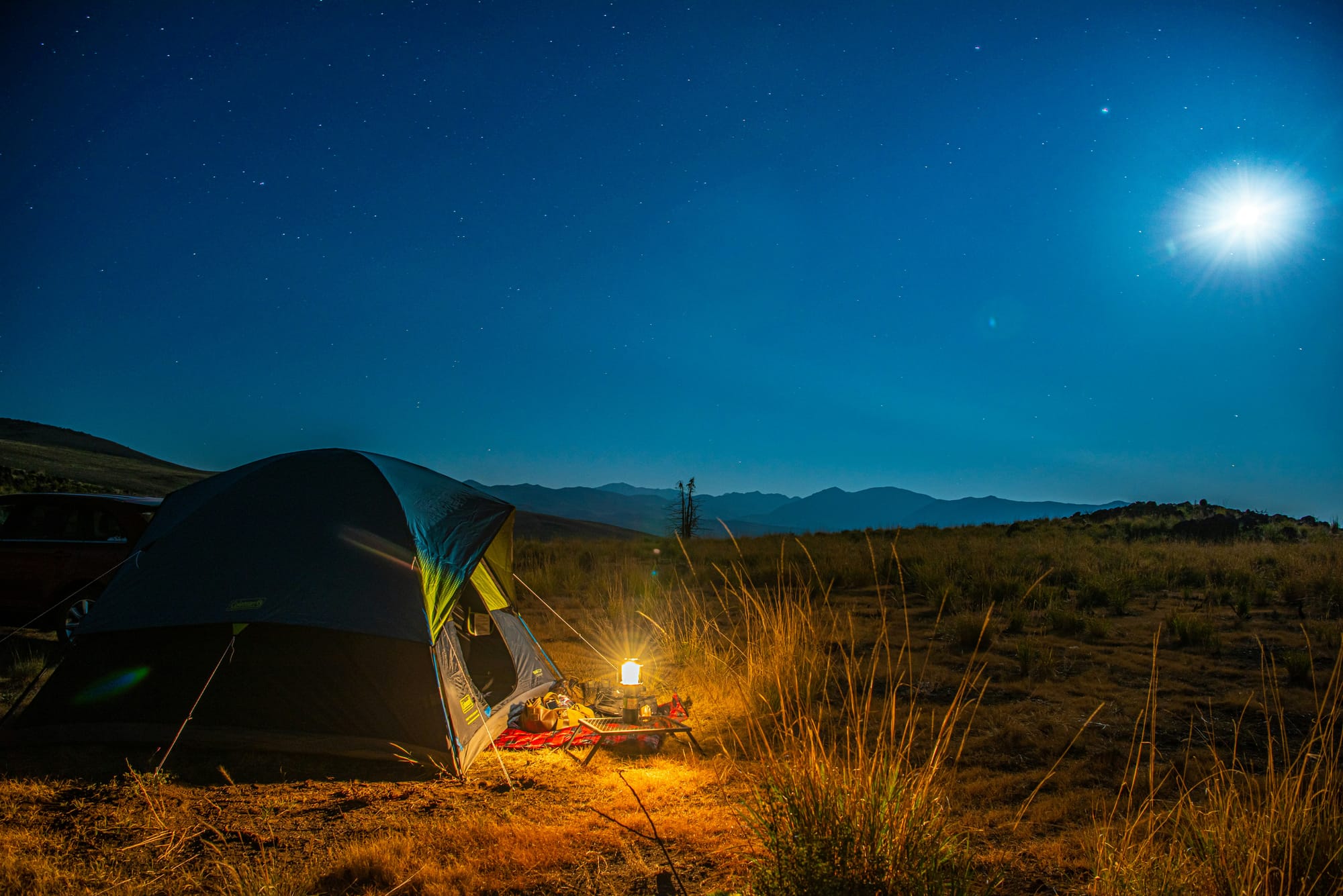
A headlamp with adjustable brightness (red light mode preserves night vision) is essential. Lanterns are great for group campsites—opt for battery-powered or solar-charged models. Always pack extra batteries or a power bank.
Our Pick: IOODOO Red Light Camping Lamp - $24.99 on Amazon
7. First Aid and Safety Basics
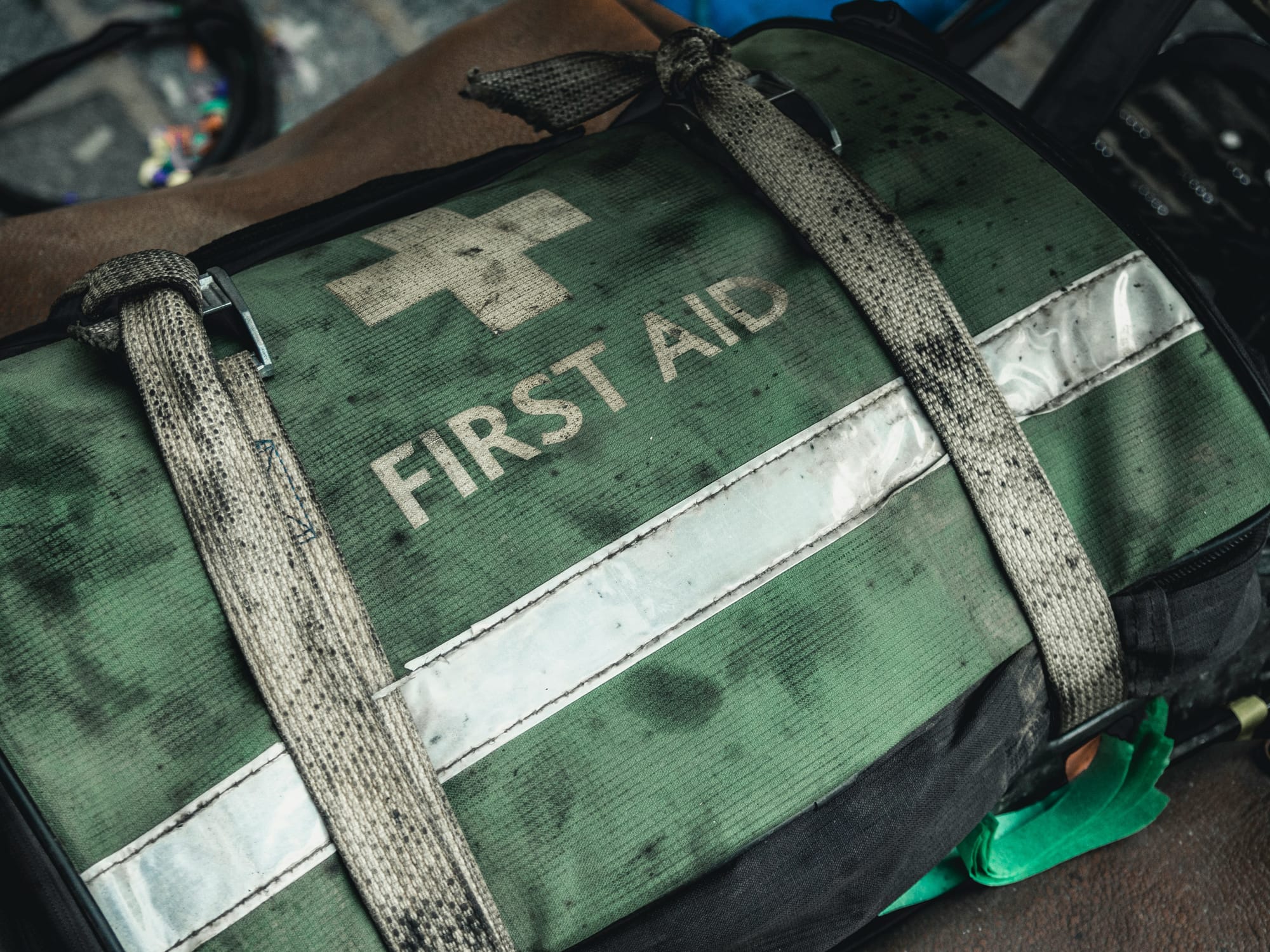
Adventure medical kits are worth the splurge. Ensure yours includes blister pads, antiseptic wipes, and tick tweezers. Add a whistle, a mirror for signaling, and a physical map (GPS can fail). Know basic emergency protocols.
8. Waste Management That’s Responsible
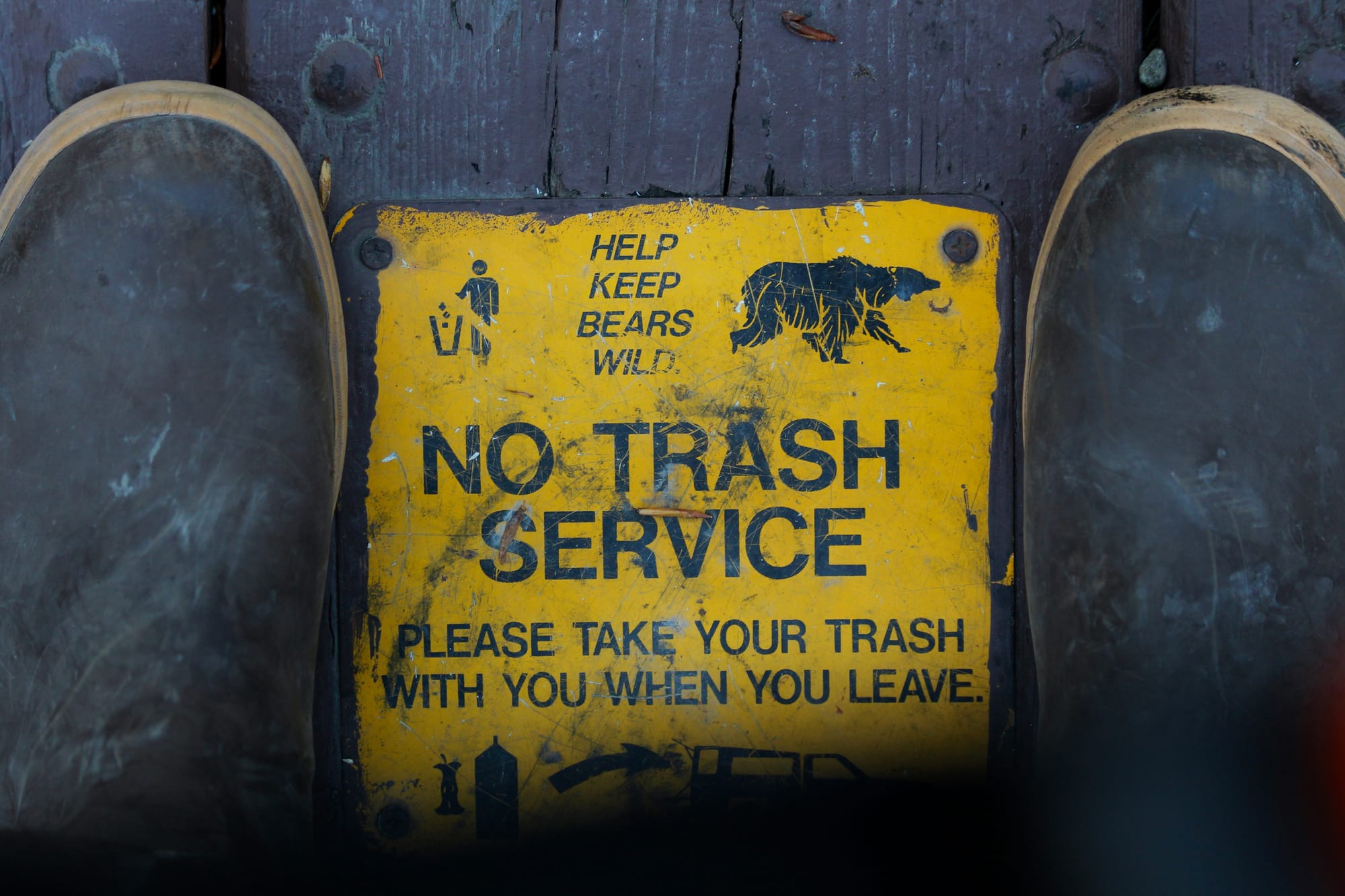
Bring a trowel to bury human waste 6-8 inches deep, 200 feet from water sources. Use biodegradable toilet paper or a backcountry bidet. Pack sealable bags for trash—even orange peels take years to decompose.
9. Tools That Multitask
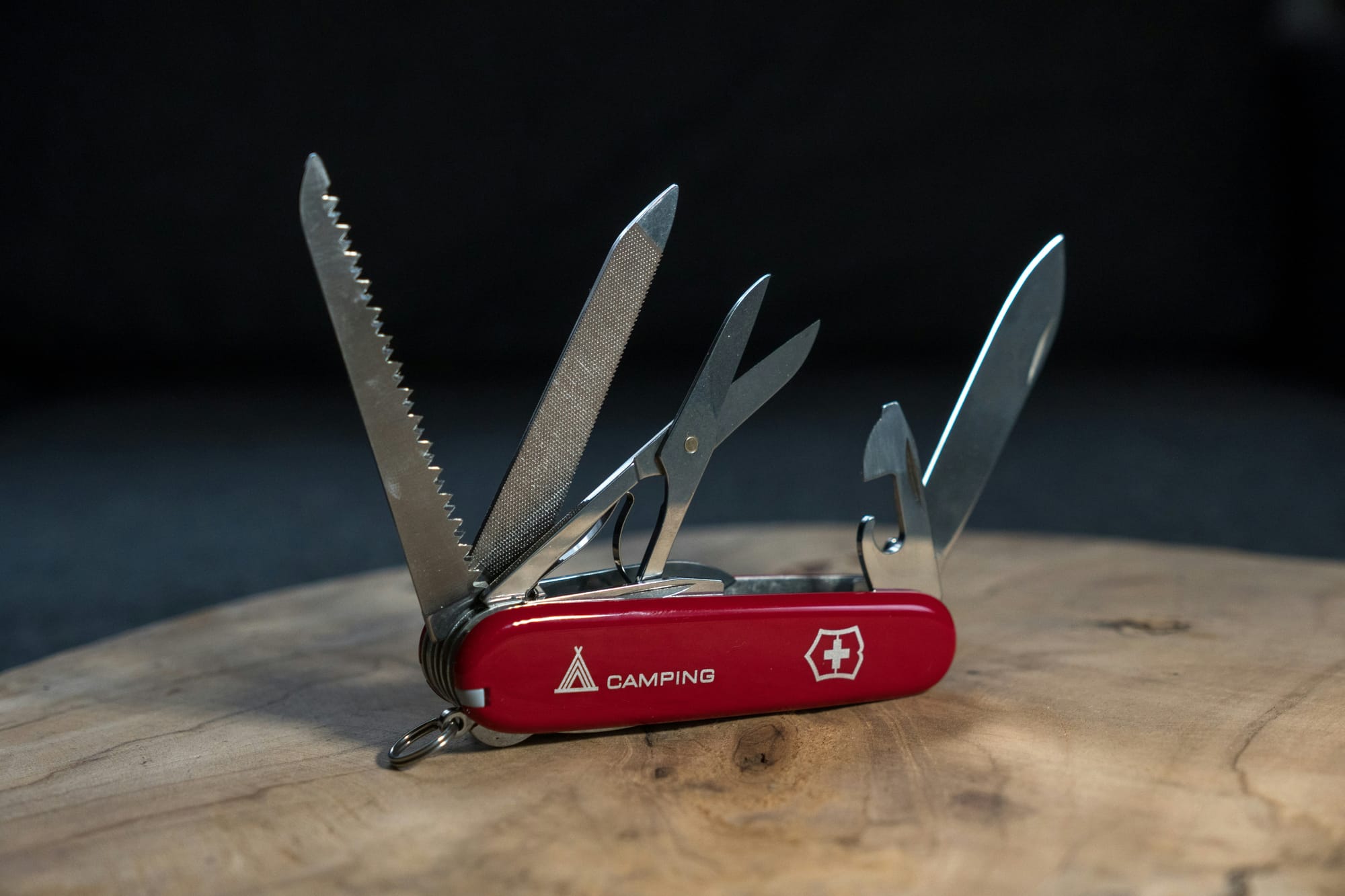
A sturdy multi-tool (with pliers, knife, and screwdriver) fixes gear, preps food, and tackles campsite surprises. Paracord secures tarps, replaces broken shoelaces, or hangs a bear bag.
10. The Extras Most People Forget
- Duct tape: Temporarily fixes holes in tents, shoes, or air pads.
- Cash: Some remote sites don’t take cards.
- Fire starters: Waterproof matches or a ferro rod beat rubbing sticks.
- Bear spray: If you’re in bear country, it’s non-negotiable.
The Reality Check
Camping isn’t about surviving—it’s about thriving in the wild. Before you go, assess your trip: Backpacking demands ultralight gear; car camping allows luxuries like camp chairs or a cooler. Test gear at home, and always check weather and fire regulations.
GTFO.co believes the best adventures happen when you’re prepared. Pack smart, respect the environment, and the campfire stories will write themselves.



